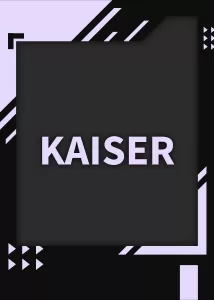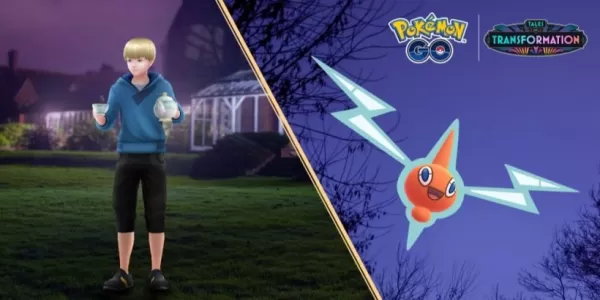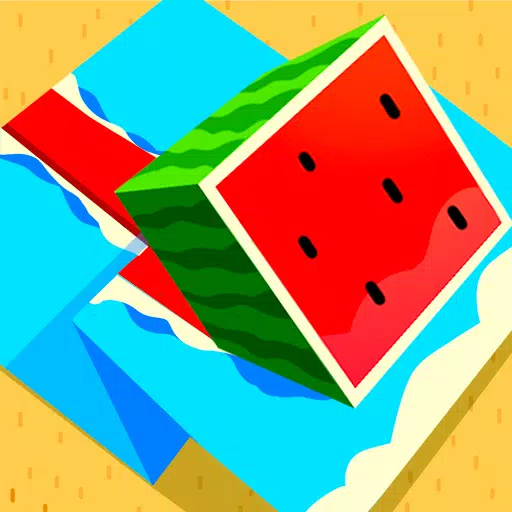Clash Royale Lava Hound Decks: A Guide to Domination
The Lava Hound, a legendary air troop in Clash Royale, targets enemy buildings and boasts an impressive 3581 HP at tournament levels. While its damage output is minimal, its death triggers the deployment of six damaging Lava Pups. This massive health pool makes the Lava Hound a potent win condition. Deck compositions featuring the Lava Hound have evolved considerably over time, adapting to new card releases. Here’s a look at effective strategies and top-tier Lava Hound decks for the current Clash Royale meta.
How Lava Hound Decks Function
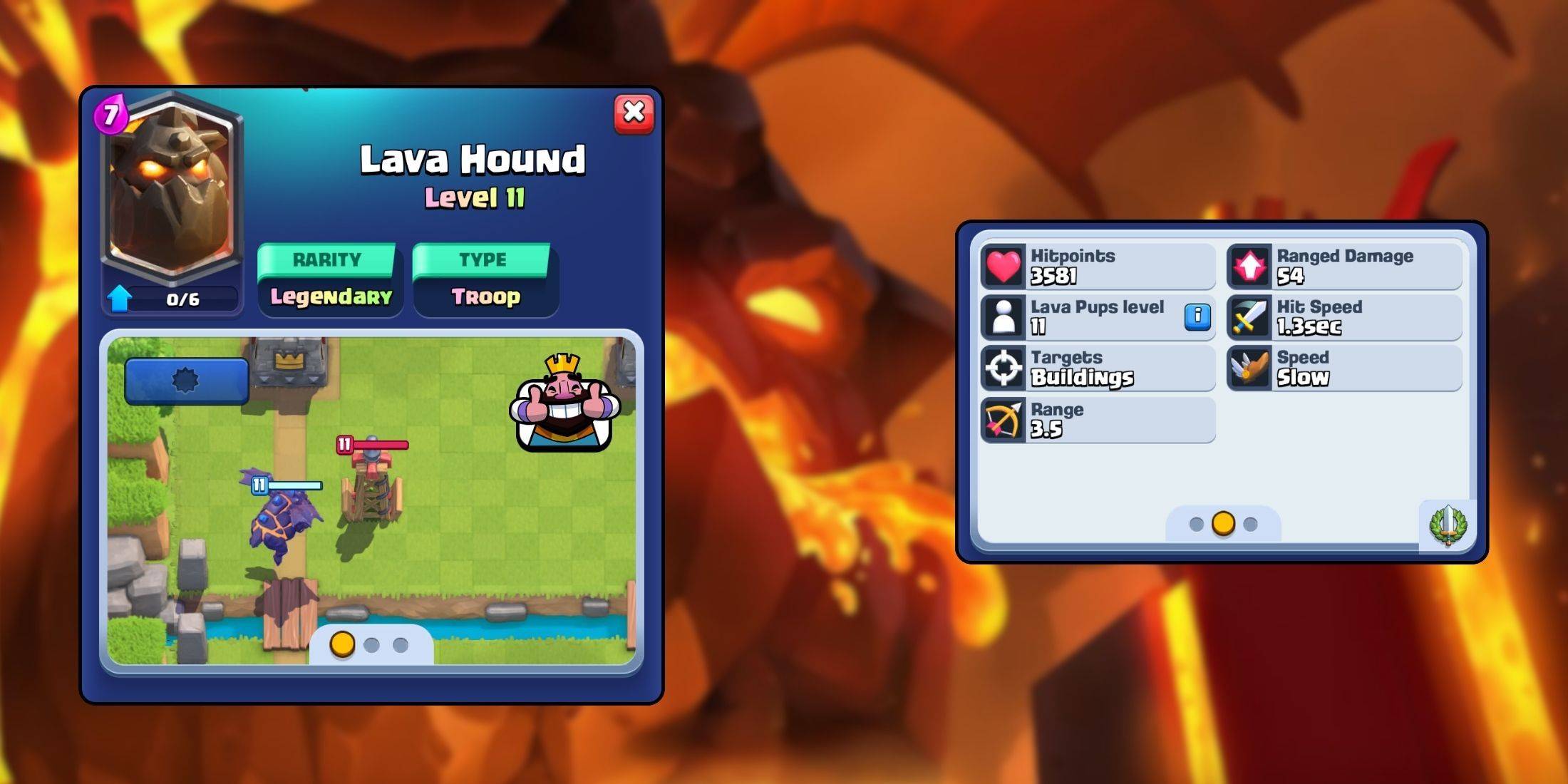 Lava Hound decks employ a Beatdown strategy, but instead of relying on Giants or Golems, they utilize the Lava Hound as their primary win condition. Support typically consists of several air troops, supplemented by one or two ground units for defense and distraction.
Lava Hound decks employ a Beatdown strategy, but instead of relying on Giants or Golems, they utilize the Lava Hound as their primary win condition. Support typically consists of several air troops, supplemented by one or two ground units for defense and distraction.
The core strategy involves a methodical, overwhelming push. A Lava Hound is deployed at the back, targeting the King Tower, often accepting some tower damage in exchange for a significant offensive advantage. This approach is slow and deliberate, prioritizing calculated trades to secure victory.
The Lava Hound’s consistent performance across skill levels is comparable to Log Bait decks. However, its popularity surged with the introduction of the Royal Chef. This champion building's troop-leveling ability synergizes exceptionally well with the Lava Hound, making it an ideal Tower Troop in Lava Hound decks.
Top-Performing Lava Hound Decks
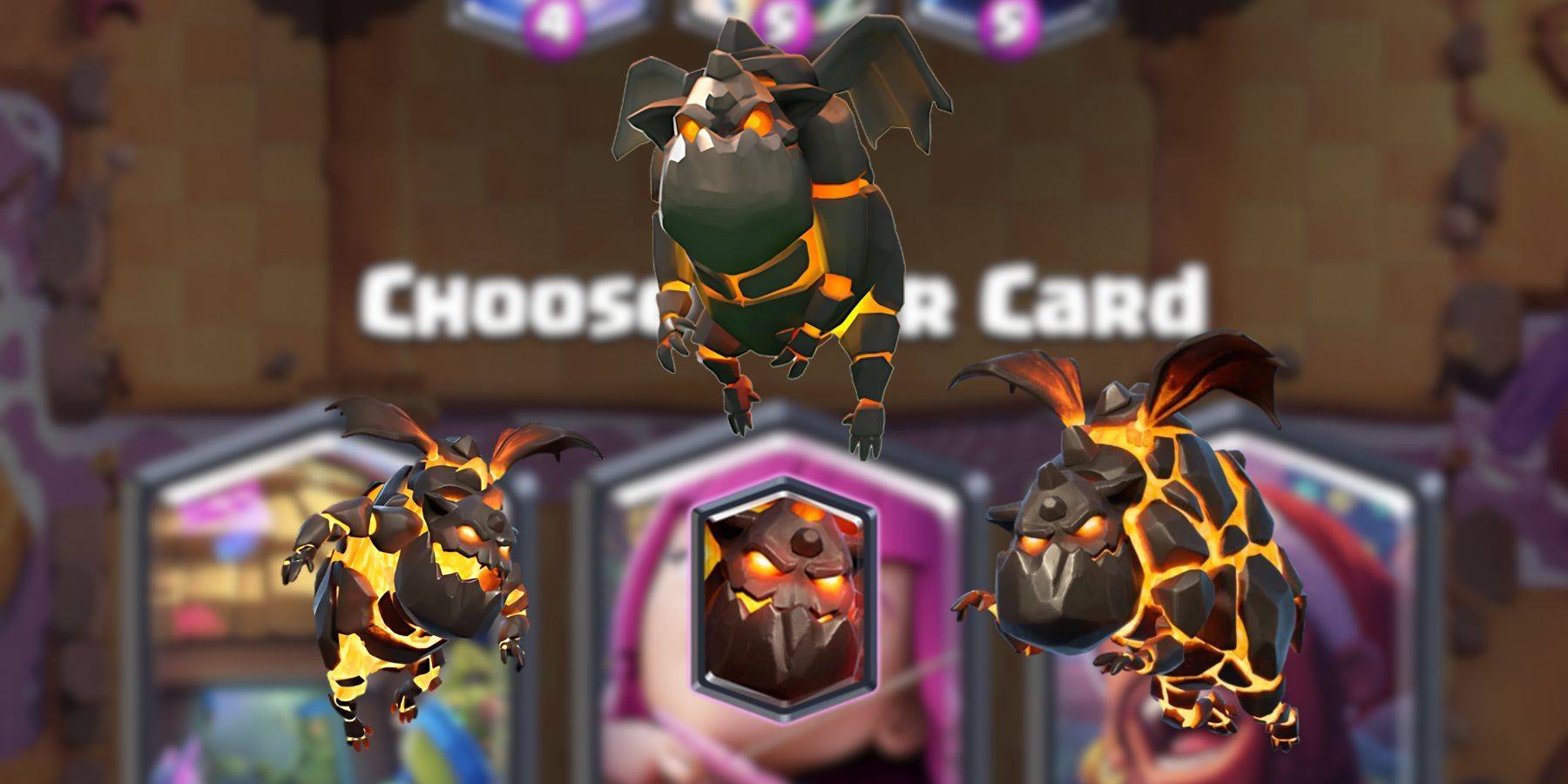 Three leading Lava Hound decks currently dominating Clash Royale are:
Three leading Lava Hound decks currently dominating Clash Royale are:
- LavaLoon Valkyrie
- Lava Hound Double Dragon
- Lava Lightning Prince
Detailed breakdowns of each follow.
LavaLoon Valkyrie
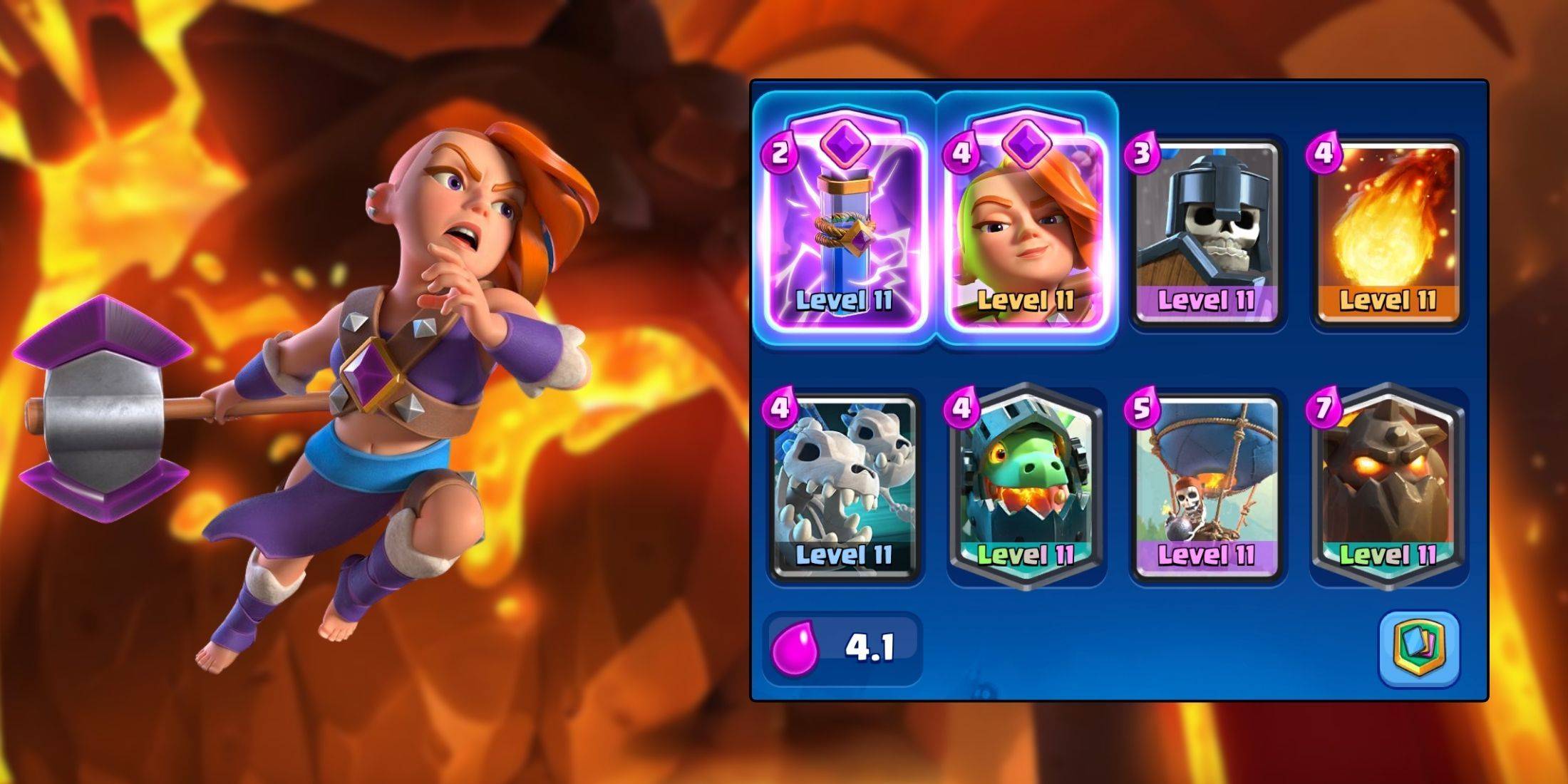 This popular deck utilizes both airborne win conditions. While its 4.0 elixir average cost isn't the lowest, its faster cycle speed distinguishes it from other Lava Hound decks.
This popular deck utilizes both airborne win conditions. While its 4.0 elixir average cost isn't the lowest, its faster cycle speed distinguishes it from other Lava Hound decks.
Card Composition:
The Valkyrie and Guards serve as ground troops. The Valkyrie acts as a mini-tank, countering swarm units like Skeleton Army or Goblin Gang, and can also tank hits from X-Bow decks. Guards provide consistent DPS against units like Pekka or Hog Rider.
The Lava Hound and Balloon are used in tandem for pushes. The Lava Hound tanks while the Balloon advances, aiming for tower hits. The Inferno Dragon handles high-HP units like Golem or Giant. Evo Zap resets towers or troops, and Fireball eliminates counters like Musketeers or deals direct tower damage. Skeleton Dragons push the Balloon forward or out of enemy building range.
Lava Hound Double Dragon
 The introduction of Evolution cards significantly altered the meta, but many Lava Hound decks saw only minor changes. However, the Lava Hound Double Dragon deck stands out.
The introduction of Evolution cards significantly altered the meta, but many Lava Hound decks saw only minor changes. However, the Lava Hound Double Dragon deck stands out.
Card Composition:
The Evo Bomber inflicts significant tower damage when used strategically. The Evo Goblin Cage counters nearly any win condition, excluding Lightning or Rocket. Guards provide support and tower defense. Air support comes from the Inferno Dragon and Skeleton Dragons. Lightning eliminates defensive troops or buildings while dealing tower damage, and Arrows handle swarms.
Lava Lightning Prince
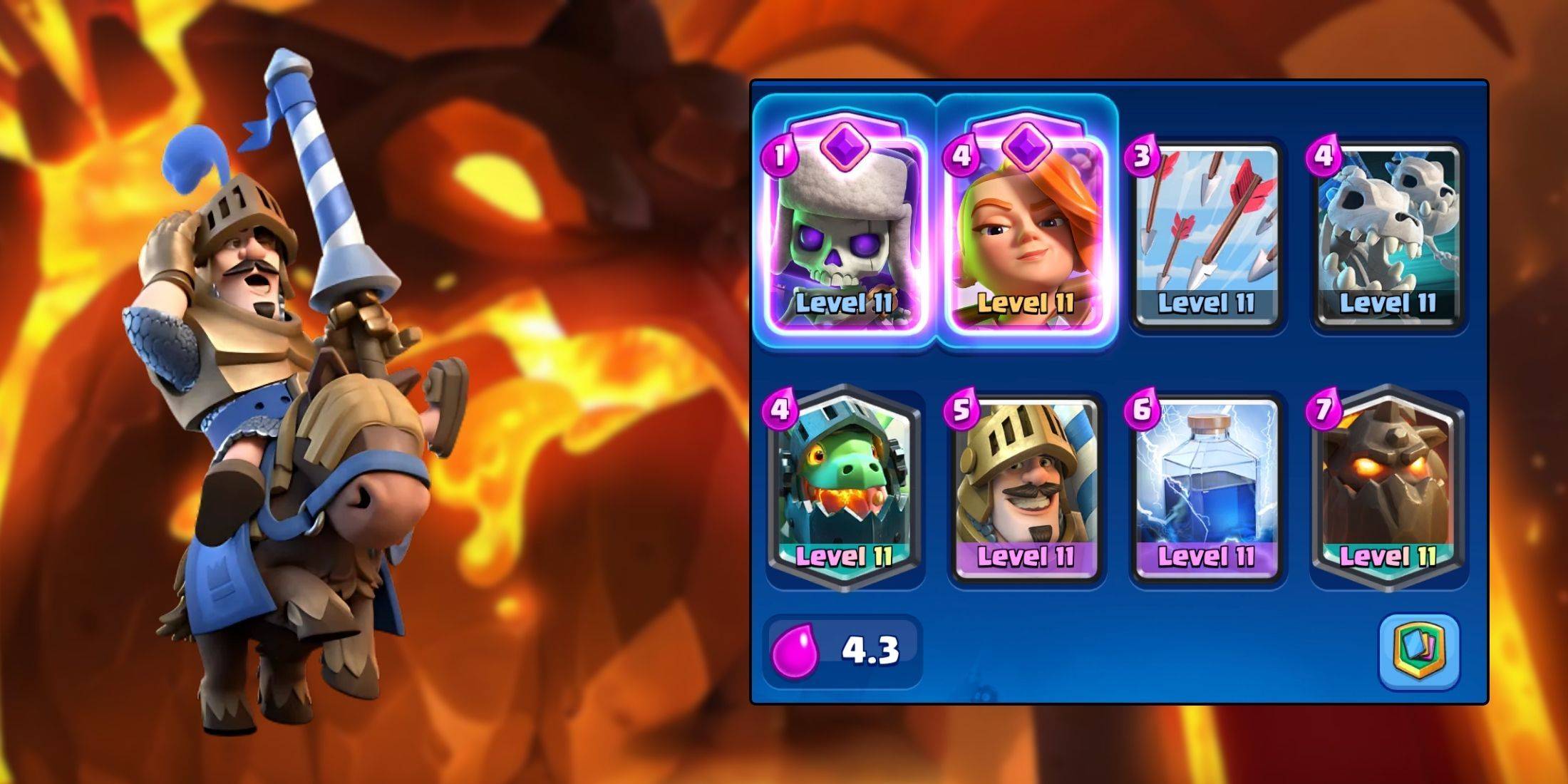 This deck, while not the strongest, offers a solid entry point into Lava Hound strategies. It utilizes powerful meta cards.
This deck, while not the strongest, offers a solid entry point into Lava Hound strategies. It utilizes powerful meta cards.
Card Composition:
The Evo Valkyrie is excellent with Lava Hound, its evolved form creating a small tornado. Evo Skeletons provide DPS. The Prince offers additional tower pressure. Air support is provided by Skeleton Dragons and Inferno Dragon. Pushes begin with the Lava Hound, ideally timed to benefit from the Royal Chef's level-up buff. The Prince can be substituted with a Mini-Pekka for a lower elixir cost.
Conclusion
Mastering Lava Hound decks requires practice, particularly for players accustomed to cycle decks. The slower, methodical approach, focusing on back-line pushes, differs significantly. The decks outlined here provide a strong starting point; experimentation with card combinations is key to finding the best fit for individual playstyles.


